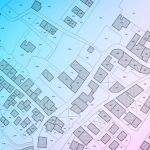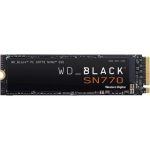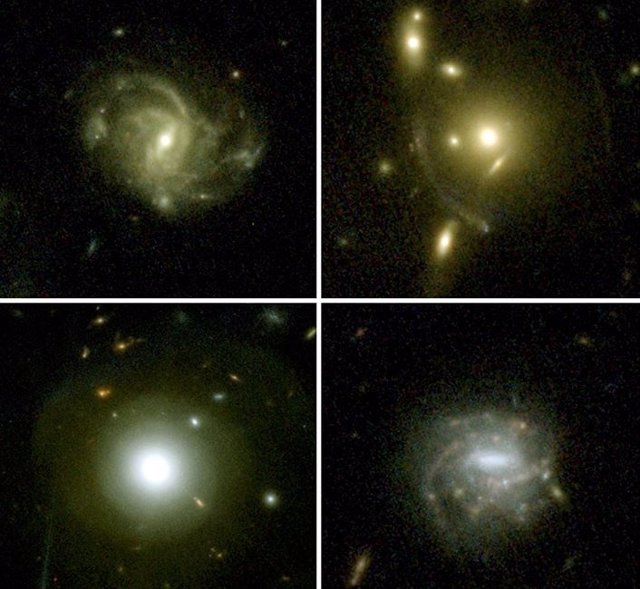March 9 () –
The first images from the largest program of the first year of the James Webb Space Telescope show many types of galaxies, gravitational lensing, and evidence for galaxy mergers.
Scientists from the COSMOS-Web program published mosaic images taken in early January by JWST’s Near Infrared Camera (NIRCam) and Mid Infrared Instrument (MIRI).
COSMOS-Web aims to map the early structures of the universe and will create a comprehensive and in-depth study of up to 1 million galaxies. Over the course of 255 observing hours, COSMOS-Web will map 0.6 square degrees of the sky with NIRCam, about the size of three full moonsand 0.2 square degrees with MIRI.
“It’s incredibly exciting to get the first data from the telescope for COSMOS-Web,” he stated. it’s a statement Principal Investigator Jeyhan Kartaltepe, Associate Professor in the Rochester Institute of Technology (RIT) School of Physics and Astronomy. “Everything has worked great and the data is even better than we expected.”
Kartaltepe co-directs COSMOS-Web with Principal Investigator Caitlin Casey, Associate Professor at the University of Texas at Austin. The international team is made up of nearly 100 astronomers from around the world.
“This first snapshot of COSMOS-Web contains about 25,000 galaxies, a staggeringly larger number than even the Hubble Ultra Deep Field,” Casey explains. “It’s one of the largest images ever taken by JWST. And yet it’s only 4 percent of the data that we’ll get for the full study. When it’s finished, this profound field will be staggeringly large and overwhelmingly beautiful.”
COSMOS-Web has three main scientific goals: to advance our understanding of the Reionization Era, approximately 200 billion to 1 billion years after the Big Bang; identify and characterize the first massive galaxies in the first 2 billion years; and study how dark matter has evolved with the stellar content of galaxies.
COSMOS-Web is the largest area that JWST will observe in its first year, allowing the study of galaxies across a wide range of local environments. The images taken so far show incredible detail when compared to those previously taken by other observatories, such as the Hubble Space Telescope and the Spitzer Space Telescope.
The mosaics were created from six telescope notes taken on January 5 and 6. The telescope will take 77 notes, about half the field, in April and May, and the remaining 69 are scheduled for December 2023 and January 2024.
“JWST has provided such impressive images of this region that sources are literally appearing in every little patch of sky observed,” said Santosh Harish, a postdoctoral research associate at RIT.
“What were thought to be compact objects based on the best images we had so far, the JWST observations are now able to resolve these objects into multiple components, and in some cases even reveal the complex morphology of these extragalactic sources. With these first observations, we have barely scratched the surface of what is to come with the completion of this program next year.”



![[Img #74692]](https://thelatestnews.world/wp-content/uploads/2024/12/What-do-11-and-12-year-old-boys-and-girls-150x150.jpg)





![[Img #74692]](https://thelatestnews.world/wp-content/uploads/2024/12/What-do-11-and-12-year-old-boys-and-girls-300x200.jpg)

